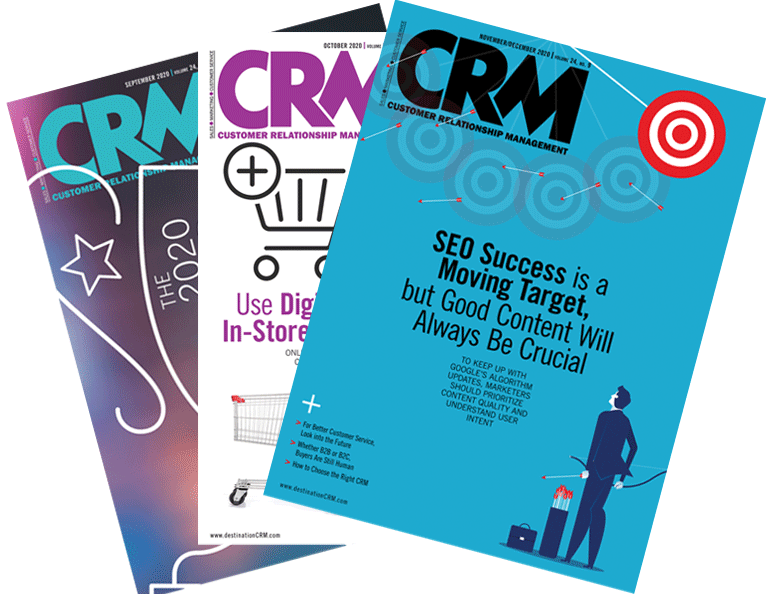
An immersive content experience is the single best way to increase engagement, but making it a reality can be daunting at first, particularly for marketers and designers unsure of just where to start. Not every approach works for every situation, like creating a simple bar chart when an infographic or animation may have been a better fit.
Our entire world is digital now, and the opportunities that come with it will become only more common. If marketers haven’t figured out how to share their story, promote their brand, and reach customers digitally, they’re going to fail.
An immersive content strategy, composed of infographics, quizzes, charts, and more, is one way marketers and designers can elevate their brand and stand out in the noise. For brands looking to jump-start their immersive content strategy and engage their audience from start to finish, there’s a proven plan. Just follow these simple steps.
Step 1: Build your team. Successful projects start with successful teams, and that’s no different with an immersive content strategy. Start by developing your team so you have a clear understanding of who’s responsible for what. A common team structure includes a project manager spearheading the plan with a copywriter, graphic designer, UX designer, digital marketer, and front-end developer playing supportive roles. By determining these roles upfront and establishing responsibilities, you will have a clear path to success and everyone will play an important role in the strategy.
Step 2: Develop goals. What’s your goal in developing an immersive content strategy? What’s your “why” for doing so? And please, don’t say you’re doing it just because everyone else is. Have a purpose with your content. Set specific goals. Think about the main piece of information you want your audience to take away from the experience. What action do you want them to take?
Map out these objectives and align them with metric-based performance goals to ensure you stay on track. For example, your goal could be engagement or lead generation, and your success metrics could be visitors, time spent, total clicks, and video engagement.
Step 3: Host a brainstorm. Develop a briefing document to help you prepare for your brainstorm. Include the primary goals and objectives, and who is in charge of what tasks. Outline in detail the deadlines, messaging, and target audience. This document will be the starting point for your brainstorm. Allow everyone time to review, and then get to work.
First, collaborate with the team to determine how to engage the audience. Ask questions like “How do we … ?” and don’t forget to think big. How do we make this exciting? How do we develop incentives to encourage users to go to the next step?
Second, lay out the concepts visually. What does the customer journey look like during the experience? Consider what the audience may be attracted to most to keep them engaged throughout the interactive experience.
Last, determine each team member’s next steps and concrete action items, and reiterate the importance of meeting deadlines.
Step 4: Write, design, and build. In this stage, designers and copywriters must be on the same page and work closely together to develop the actual copy of the content. Designers should begin an outline based on the takeaways from the brainstorm, and the copywriter should begin drafting copy based on the agreed-upon outline.
Together, the two can work side by side to ensure the copy is in line with the end goal while the design is compelling and engaging from start to finish. Teams must have the tools in place to allow them to seamlessly collaborate throughout the creation process and quickly review feedback.
Step 5: Distribute your content. At last, it’s time to share your immersive content experience with the world! Whether you’re testing it in email, social media, or paid search, release the content and let it free. Focus on immersive promotional assets to enhance the customer experience from start to finish.
Step 6: Analyze, review, and iterate. After your content has been live for a couple of months, take time to analyze your results and determine what worked and what didn’t. Were there any points where the audience lost interest or left the experience? How well did your message resonate with your audience? Did it encourage them to complete the quiz, view the infographic in its entirety or click through to the end?
Once you have those questions answered, meet with stakeholders to evaluate the experience and see how to improve. The best thing about immersive content is that you can update it on a regular basis to meet your goals while continuing to provide an exceptional customer experience.
Launching an immersive content experience doesn’t have to be daunting, but it also doesn’t happen overnight. Allow plenty of time to develop a plan, brainstorm ideas and collaborate to bring the experience to fruition. When your marketers and designers are on the same page and creativity is at the forefront, you leave a memorable and lasting impression for every touch point throughout the user experience.
If you’re looking to kickstart your immersive content strategy, check out this Blueprint for Effective Immersive Content which recaps the six steps listed above and includes downloadable templates for you to replicate within your own business and at your own pace.
Ramsey Neville is content marketing manager at Ceros, an interactive SaaS design platform. Neville is an experienced content marketer with a multifaceted background in video and media production, content strategy, and SaaS sales. Originally from Seattle, Ramsey has resided in Washington, D.C., and London, and now calls New York City home.

"strategy" - Google News
June 22, 2021 at 11:00AM
https://ift.tt/2Us9QAK
6 Steps for Implementing an Immersive Content Strategy - Destination CRM
"strategy" - Google News
https://ift.tt/2Ys7QbK
https://ift.tt/2zRd1Yo
Bagikan Berita Ini














0 Response to "6 Steps for Implementing an Immersive Content Strategy - Destination CRM"
Post a Comment